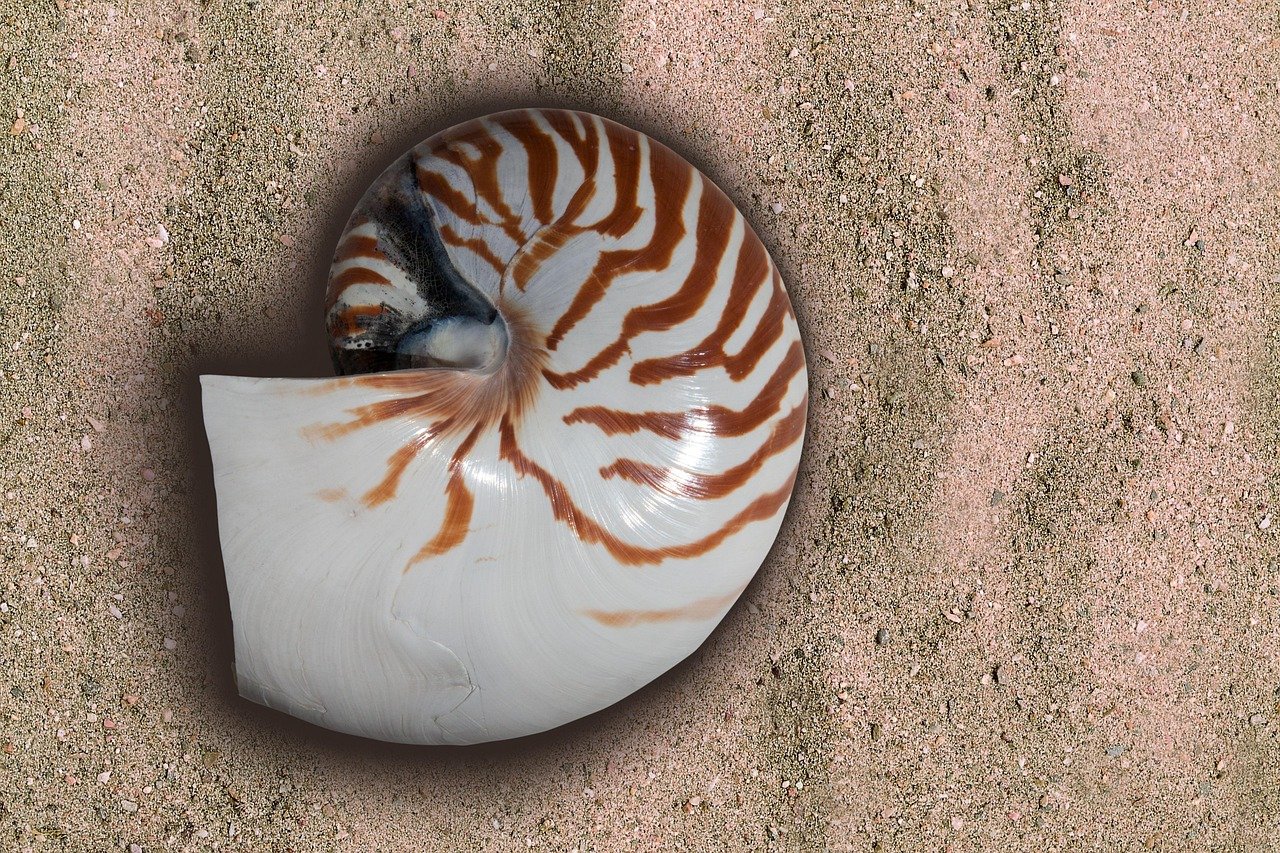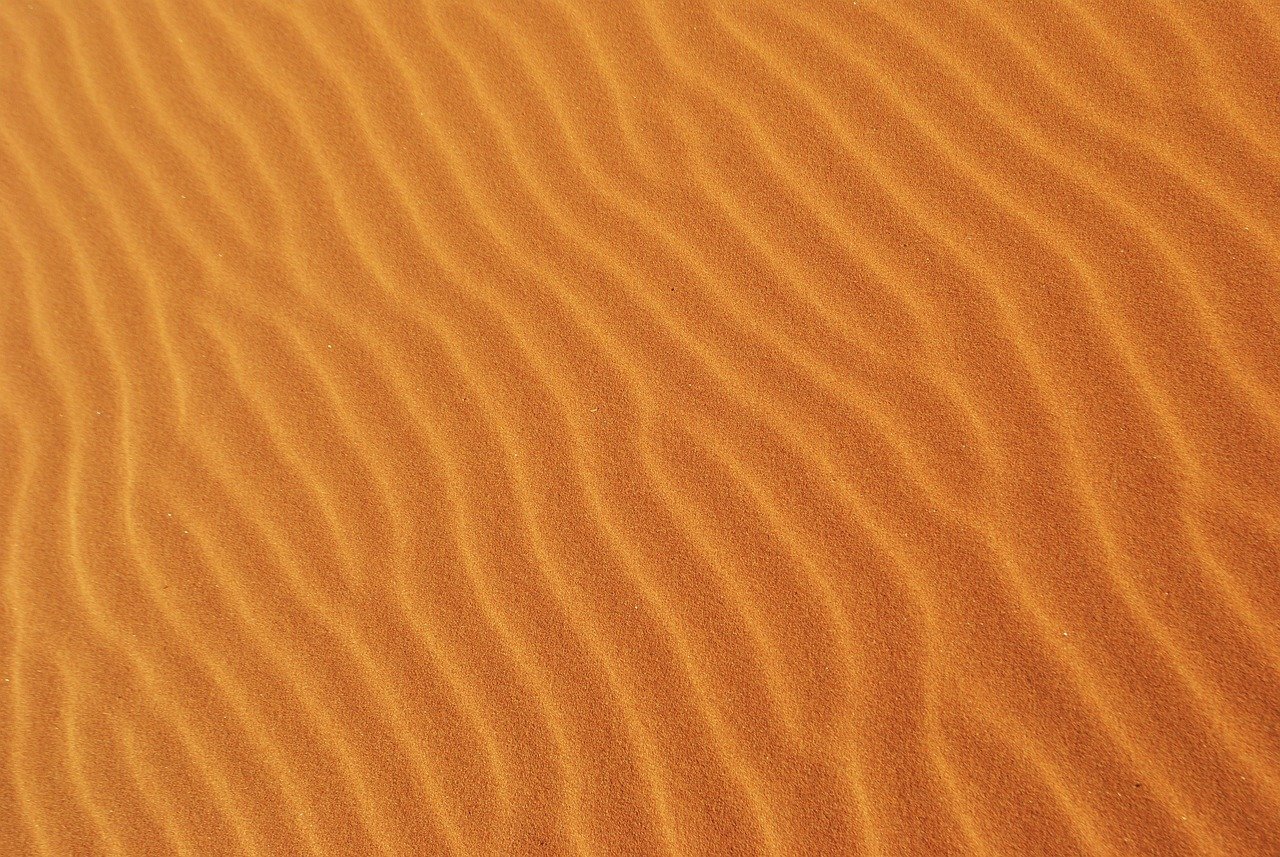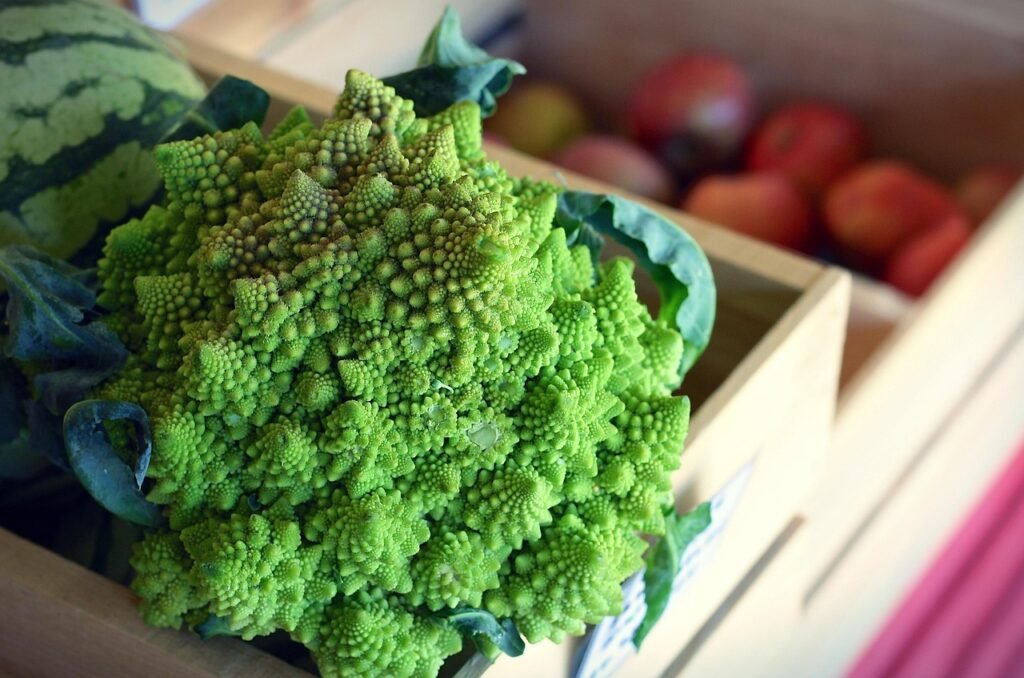Nature has an extraordinary ability to leave us in awe with its intricate designs and harmonious arrangements. From the spirals of galaxies to the symmetry found in the tiniest snowflake, the world around us is full of patterns that seem almost too perfect to be real. These natural wonders not only captivate our imagination but also illustrate the underlying principles of mathematics and science that govern our universe.
The Majestic Fibonacci Sequence in Sunflowers
Sunflowers are not just beautiful; they are mathematical marvels. The arrangement of seeds in a sunflower head follows the Fibonacci sequence, a series of numbers where each number is the sum of the two preceding ones. This sequence leads to the formation of spirals that are not only aesthetically pleasing but also efficient in space usage. By following this pattern, sunflowers can pack the maximum number of seeds in a given area. This fascinating mathematical principle is a testament to how nature optimizes growth and development.
The Stunning Symmetry of Snowflakes
Each snowflake is unique, yet they all share a common symmetrical structure. This symmetry arises due to the molecular structure of water and the conditions under which snowflakes form. As water vapor condenses into ice, the molecules arrange themselves in a hexagonal lattice, leading to the six-fold symmetry seen in snowflakes. The temperature and humidity variations during formation further contribute to the intricate and unique designs of each flake. It’s a perfect blend of science and beauty that captures the essence of winter.
The Spiraling Beauty of Nautilus Shells

Nautilus shells are famous for their captivating spiral pattern, known as a logarithmic spiral. This pattern allows the nautilus to grow without changing its shape; as it matures, the shell expands proportionally. The logarithmic spiral is an efficient design that minimizes energy while maximizing space, allowing the creature to maintain buoyancy and stability in the water. This natural design has inspired architects and artists alike, showcasing the timeless allure of nature’s patterns.
The Mesmerizing Patterns of a Peacock’s Tail
The peacock’s tail is a dazzling display of color and symmetry. The iridescent eyespots on its feathers are arranged in a pattern that is not only visually striking but also serves a purpose in attracting mates. The colors are produced by microscopic structures that reflect light, creating a shimmering effect. This phenomenon, known as structural coloration, is nature’s way of using physics to create beauty and function simultaneously.
The Perfect Hexagons of Honeycomb
Bees are master architects, and their honeycombs are a testament to their engineering prowess. The hexagonal pattern of a honeycomb is one of the most efficient ways to divide space into equal parts with minimal material usage. This efficiency is vital for bees, as it allows them to store the maximum amount of honey while using the least amount of wax. The honeycomb’s design is a brilliant example of nature’s ability to optimize resources for survival.
The Intricate Patterns of a Pinecone

Pinecones are a common sight in forests, but upon closer inspection, they reveal a complex pattern that follows the Fibonacci sequence. The scales of a pinecone are arranged in spirals that demonstrate this mathematical principle. This arrangement allows the pinecone to efficiently pack its seeds and protect them from the elements. The design is not only functional but also illustrates the deep connection between mathematics and nature.
The Wavy Patterns of Sand Dunes

Sand dunes are a dynamic and ever-changing landscape, shaped by the wind’s relentless force. The ripples and waves that form on their surface are a result of wind patterns and sand particle interactions. These patterns are not only visually stunning but also provide insights into the environmental conditions and wind dynamics of a region. The ever-shifting designs of sand dunes remind us of nature’s power to sculpt its surroundings.
The Marvelous Markings of a Zebra

Zebras are known for their distinctive black and white stripes, each with a unique pattern. These stripes serve multiple purposes, from camouflage to social interaction. Recent studies suggest that the stripes may also help in deterring biting insects. The arrangement of stripes follows a pattern that optimizes these functions, demonstrating nature’s ability to balance form and function in the animal kingdom.
The Fascinating Fractals of Romanesco Broccoli

Romanesco broccoli is a vegetable that looks like it belongs in a science museum. Its fractal pattern is a visual representation of mathematical principles in nature. Each spiral of the Romanesco is made up of smaller spirals, creating a self-similar pattern. This fractal design is not only striking but also efficient for growth, allowing the plant to maximize exposure to sunlight. It’s a delicious example of how nature uses mathematics to create beauty and function.
Conclusion: The Endless Beauty of Nature’s Patterns

Nature’s patterns are more than just visually stunning—they are deeply rooted in science, mathematics, and survival. From the spirals in sunflowers and nautilus shells to the hexagons of honeycombs and the fractals of Romanesco broccoli, these designs reveal nature’s remarkable ability to optimize efficiency and function. By observing and understanding these patterns, we gain insight into the interconnectedness of life and the universal principles that govern the natural world. Whether in the smallest snowflake or the vast dunes of the desert, nature’s intricate designs continue to inspire awe and innovation in science, art, and engineering.




